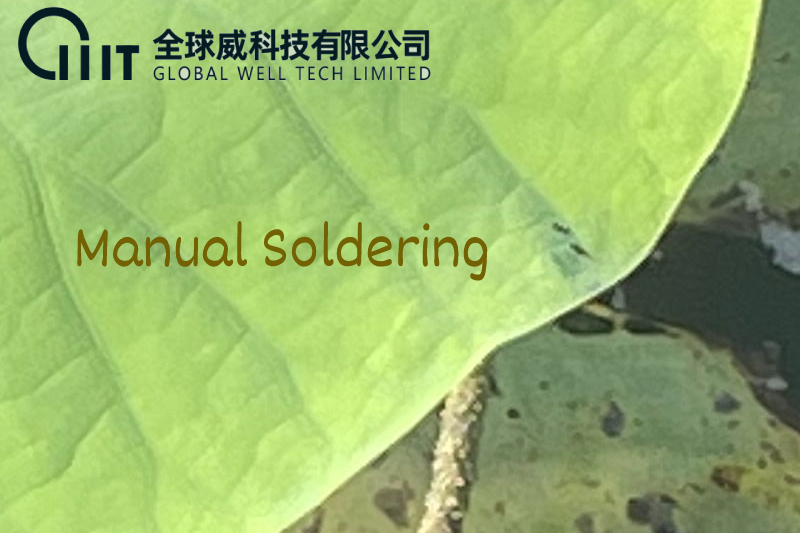PCB assembly guidelines
Manual Soldering
Manual Soldering
1.When to Manually Solder
Manual soldering is generally used when a PCB design incorporates some parts that are not suitable for either reflow or wave soldering. For example, a majority surface mount PCB might include a few through-hole components, and wave soldering these few parts would unnecessarily drive up the cost of production. GWT employs a staff of highly skilled manual soldering specialists to take care of any such requirements, who provide consistent and reliable workmanship even up to IPC-A-610 Class 3 Standards.
2.Manual Soldering Restrictions
While GWT’s manual soldering technicians are incredibly proficient at their tasks, they still do have certain limitations that do not apply to automated assembly methods. The most common manual assembly restrictions are listed below:
--Multiple-row connectors(more than 2 rows)cannot be manually soldered since the tip of a soldering iron will not fit between the rows even at relatively high pitch; these devices are usually wave soldered
--BGA, QFN, and other lead-less packages cannot be manually soldered
--Part-to-Part Spacing and Part-to-Hole Spacing requirements must be carefully observed, and an additional margin of 5 to 10 mil is recommended arond any manual assembly parts
--Pad and Hole Size requirements must be strictly followed,and an additional margin of 10% is strongly recommended for the SMT pad-to-lead ratio of manual assembly parts.
0users like this.



